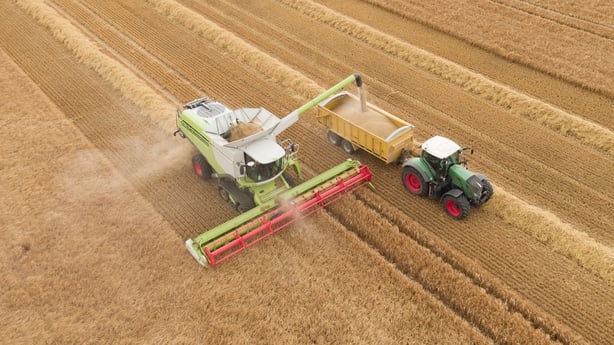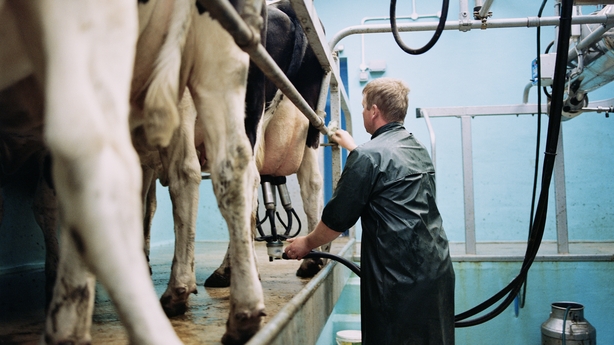In recent days the Government signed off on the new Common Agriculture Policy for Ireland, a massive five-year programme that ensures basic income for all Irish farmers
So, what is it all about and why is it so important?
The Common Agriculture Policy came into being way back in 1962 when Europe was still healing the scars of the war years and the six founding member states of the European Union wanted to ensure, among other things, that there was a dependable supply of good nutritious food for all their citizens.
Sixty years on, the aims of the CAP have expanded to deal with evolving issues and EU concerns such as climate change and biodiversity loss. Supporting farmers' incomes, food production and rural communities remain at its heart.
What is it worth?
The new CAP plan for Ireland will bring €9.8 billion to Irish farmers over five years. Of that money, €7.5 billion comes from the EU and the remaining €2.3 billion is from the Irish exchequer.
In 2021 the average CAP payment on Irish farms was €15,000, with a global upper limit of €150,000. Under the new scheme the upper limit will be €66,000 per farmer per year which will see a few hundred farmers at the very top end of the payment scale losing out.

More significantly, there will be a shift of CAP funding from farmers who get more to farmers who get less through the Convergence policy.
This is EU and Irish policy to bring those on higher and lower payments closer together. Convergence will see circa €11m per annum shifting from those on higher payment to those on lower.
When does it begin?
The new CAP begins on 1 January, 2023 and runs until the end of December 2027.
However, farmers are already working with advisers on preparing applications in order to be ready to go in the New Year.
How is it paid?
There are two payment streams in the Common Agriculture Scheme, known as Pillars, and farmers across various sectors apply for payments to the Department of Agriculture.
Under Pillar I, the main payment in the new CAP will be known as the BISS, the Basic Income Support Scheme. That generally provides the bulk of CAP funding to applicants and is paid from EU funding.
The Pillar II stream refers broadly to funds supporting rural development through scheme that support economic and social development. Member states pay these funds out on various schemes they design themselves.
Pillar II schemes in Ireland include a new Agri-Climate Rural Environment Scheme known as ACRES which will pay farmers to farm in a way that protects biodiversity, the Organic Farming Scheme promoting organic farming and the LEADER programme which funds rural development projects. It is open to farmers to apply for Pillar II schemes if they wish to access extra payments.

What are the conditions?
Anyone claiming CAP payments is subject to stringent standards and checks. Farmers and incorporated entities who engage in active farming can apply.
At all times they must adhere to high environmental, food safety and animal welfare standards.
Under the new CAP this is referred to as Conditionality. It requires farmers to adhere to animal health and welfare legislation and maintain their lands in Good Agricultural and Environmental Condition (GAEC), which includes things like protecting rivers, protecting wetlands and peatlands and engaging in appropriate crop rotation.
How does CAP protect the environment?
Overall, environmental protection is baked into the new Common Agriculture Policy in what is known as its 'Green Architecture'.
Under the main payment scheme, 25% of a farmers’ money is contingent on his/her participating in the ECO scheme, where two of a menu of 8 options must be selected and implemented.
These include planting three native trees per hectare per year, setting aside 7% of the holding for biodiversity or landscape features, or reducing the number of livestock units per hectare.
Conditionality, referenced above, also demands general environmental standards are met while the Organics Scheme and the ACRES scheme also foster more environmentally sustainable farming practices.







